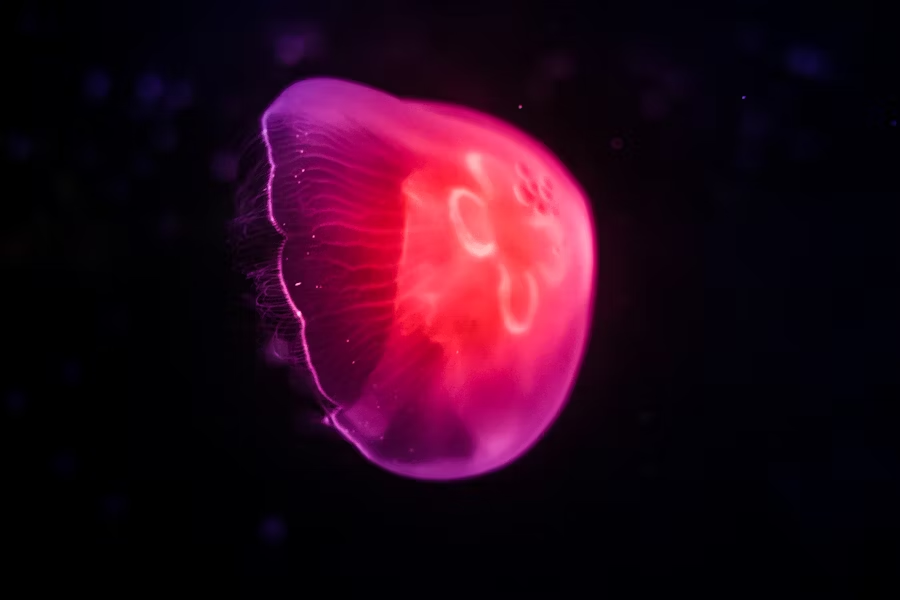From Routine Rinse to Fatal Threat: The Hidden Danger Lurking in Your Tap Water
What started as a simple nasal rinse turned into a tragic and rare death — not from a common infection, but from a deadly brain-eating amoeba known as Naegleria fowleri. Traditionally linked to warm lakes and rivers,
this microscopic killer has now breached the walls of our homes, sneaking into tap water systems—including those in recreational vehicles—bringing a terrifying new dimension to an everyday health habit.
The Silent Killer in Domestic Waters
In 2025, a 71-year-old Texas woman fell victim to this invisible menace after using water from an RV’s tap system for nasal irrigation. Within days, she experienced flu-like symptoms that rapidly progressed to seizures, coma, and ultimately death.
Although testing of the water came too late to isolate the amoeba, experts are confident that contaminated, inadequately treated tap water was the source.
This tragic case, documented in the CDC’s Morbidity and Mortality Weekly Report, marks the first confirmed U.S. death linked to Naegleria fowleri exposure from RV tap water—a sobering reminder of the evolving risks in domestic water sources.
Why Nasal Exposure Is Deadly
Unlike swallowing contaminated water, which rarely causes harm, when Naegleria fowleri enters the nasal passages, it can swiftly travel along the olfactory nerve directly into the brain. There, it destroys neural tissue, causing primary amebic meningoencephalitis (PAM)—a rare but almost always fatal infection with a mortality rate near 99%.
While most infections occur during water activities like swimming, around 9% globally have been linked to nasal rinsing. This Texas case underlines the need for caution even at home.
Where Does This Amoeba Hide?
Naegleria fowleri thrives in warm freshwater environments, especially those above 86°F (30°C), but it can also colonize:
Lakes, rivers, geothermal springs
Domestic plumbing, water tanks, and cisterns
RV water systems where biofilms accumulate

Disruptions like fluctuating water pressure can dislodge amoebas from biofilms, sending them through taps and showers.
Advances in Treatment and Detection
Though no guaranteed cure exists yet, promising strides are being made:
Experimental drug AN3057 has shown improved survival in animal models.
New diagnostics enable earlier detection in water and patients.
Targeted drug delivery to the brain’s olfactory region offers hope for future therapies.
Recognizing the Symptoms
Symptoms typically appear 1 to 12 days after exposure, often around day 5, mimicking common illnesses:
Early signs: fever, headache, nausea
Later stages: confusion, seizures, coma, brain swelling
Because these symptoms resemble more common infections, diagnosis is often delayed—reducing the already slim chances of survival.
Prevention: Your Best Defense
Use Only Safe Water for Nasal Rinsing
Always use distilled, sterile, or boiled (then cooled) water. Never use tap water for nasal irrigation unless it has been properly treated (boiled for at least 1 minute or filtered with a 1-micron filter).
Maintain and Sanitize Water Systems
Regularly clean and disinfect RV tanks and plumbing to prevent biofilm buildup.
Limit Nasal Contact with Warm Freshwater
Avoid submerging your nose in lakes or ponds during warm months. Nose clips can reduce risk when exposure is unavoidable.
Be Vigilant About Symptoms
If flu-like symptoms develop shortly after water exposure, seek immediate medical care and inform providers about possible amoeba exposure.
The Bigger Picture: Climate Change and Expanding Risks
Rising global temperatures are widening the habitats of Naegleria fowleri, pushing it into regions once considered safe—including parts of the U.S. Midwest. While tap water may meet drinking standards, it isn’t always free of this microscopic threat, especially when chlorine levels drop or biofilms grow unchecked.
Though rare, the infection’s near-certain fatality demands awareness and caution—especially as climate change shifts the boundaries of risk.
Final Thoughts: Vigilance Saves Lives
The 2025 Texas tragedy is a stark warning that even familiar, everyday activities carry hidden dangers. Until medical breakthroughs provide a reliable cure, prevention remains our strongest shield against this deadly amoeba. Proper water treatment, cautious nasal hygiene, and public awareness could mean the difference between life and death as Naegleria fowleri quietly expands into new frontiers.
Stay informed, stay cautious, and never underestimate the power of the water flowing from your tap.
